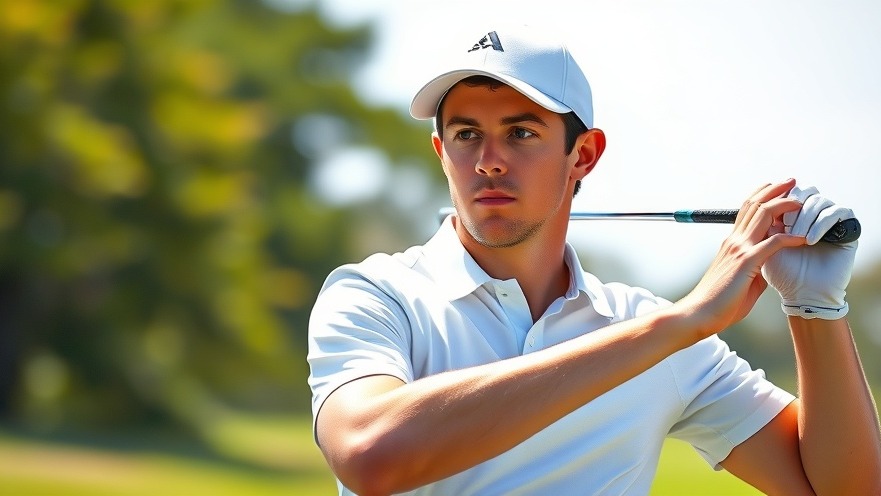
Rory McIlroy’s Stance on Media Engagement Revealed
At the recent PGA Championship, Rory McIlroy found himself defending his decision to skip media sessions following revelations regarding a nonconforming driver. The uproar came when it was revealed his driver didn’t comply with the PGA Tour's regulations. In a press interaction, McIlroy reminded journalists that participation in media events is not mandatory for players, sparking a conversation about the pressures athletes face from media obligations.
Media Relations in Professional Sports
In the world of professional sports, media engagement plays a crucial role. Athletes often find themselves at the nexus of their performance and public perception, leading to complicated relationships with the press. McIlroy’s case highlights a fundamental question: how much responsibility should athletes bear for addressing public scrutiny? While transparency is vital, the mental health implications of constant media interactions cannot be underscored enough, particularly for high-stakes athletes like McIlroy, who are under intense pressure.
Leaked Information and Its Consequences
The leak regarding McIlroy’s nonconforming driver serves as a reminder of the potential fallout that can arise from unauthorized disclosures. Such leaks not only complicate an athlete’s public relations but can also impact their performance. In recent years, more players have opted for a more guarded approach, realizing that their words and actions can significantly affect both their marketability and mental well-being. The incident underscores a growing trend among athletes to assert their rights to privacy and control over their narrative.
Historical Context: Athletes and Media Dynamics
The relationship between athletes and media has evolved drastically over the decades. While many argue that the media plays a watchdog role, there is a fine line between scrutiny and invasion of privacy. Incidents like McIlroy’s could become even more common, as athletes begin to recognize their ability to safely navigate their careers without conforming to traditional media expectations. Historical precedents show that athletes who manage their public images effectively often do so by controlling the messaging around their conditions and experiences.
Current Events in Sports and Media Intersection
As a broader commentary on current events in the sporting world, McIlroy’s situation resonates with ongoing discussions about media responsibilities and the pressures of exposure. Recently, there has been a movement towards more balanced narratives that consider athletes’ mental health and personal boundaries. Discussions around media ethics and responsibilities are becoming increasingly common, suggesting that changes may be on the horizon. The dynamics between athletes, media organizations, and fans are tilting toward a more respectful model of engagement.
Looking Ahead: The Future of Athlete-Media Relationships
As sports evolve alongside technology and societal norms, it will be interesting to see how athlete-media relationships adapt. With the potential for more personalized platforms for communication (think social media), athletes like McIlroy are increasingly exploring direct channels of communication with their audience, bypassing traditional media altogether. It opens up opportunities for them to share their narratives authentically, which might ultimately redefine how the press operates within the sports framework.
Rory McIlroy's stance against mandatory media participation following a leaked scandal isn't merely about one athlete's preferences; it's indicative of larger shifts within professional sports. Athletes are increasingly asserting their rights not just as competitors but as individuals with the right to autonomy and personal boundaries.
Concluding Thoughts
For fans and followers of sports, it is essential to recognize the shifts in how athletes want to present themselves. As we move forward, consider supporting platforms and narratives that respect this evolving relationship. Engaging more responsibly with athletes can lead to healthier discussions in the sporting landscape. Are you ready to embrace a new era of athlete communication?
 Add Element
Add Element  Add Row
Add Row 



 Add Row
Add Row  Add
Add 


Write A Comment